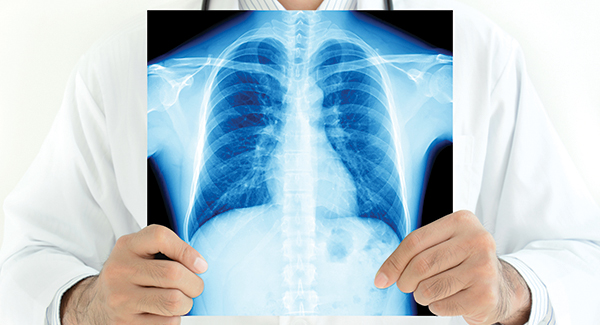Raynaud’s Disease
Causes of Raynaud's Disease
There are two types of Raynaud’s disease: primary and secondary.
Primary Raynaud’s
This can occur at any age, but it usually begins before age 30. It’s also more common in women and among people who live in cold climates. The causes of primary Raynaud’s are unknown. However, episodes are often triggered by cold temperatures and sometimes emotional stress – like if you become nervous or excited.
Secondary Raynaud’s
This is often more complex and severe. It happens as a result of another disease, such as lupus or rheumatoid arthritis. It may also be linked to certain medicines, such as chemotherapy drugs, or the use of vibrating tools, such as jackhammers, which may cause hand or wrist injuries.
Symptoms of Raynaud's Disease
The symptoms of Raynaud’s disease can include:
- Extreme sensitivity to cold. Your body also may react to emotional stress as if it were reacting to cold.
- Skin color changes. Fingers, toes, and sometimes the ears, lips and nose turn white due to lack of blood flow. The blood that’s left in the tissues loses its oxygen and the affected area turns blue. As fresh oxygen-rich blood returns to the area, it often turns bright red.
- Coldness, pain and numbness. These are triggered by a lack of oxygenated blood in the fingers. The numbness is the same as when your hand or fingers have "fallen asleep".
- Warmth, tingling and throbbing. The quick return of blood to the fingers triggers these feelings.
- Skin ulcers and gangrene. For people with severe undiagnosed Raynaud's and attacks that last a long time, painful, slow-healing sores may occur in the finger tips. In rare cases, a long-term lack of oxygen to the tissues can result in gangrene (when a body part loses its blood supply).
Diagnosis of Raynaud's Disease
A primary care doctor can usually determine if you have Raynaud’s disease by getting a medical history and description of an attack and doing a physical exam. Your doctor may examine your fingers under magnification to look for abnormal blood vessels in the skin. Sometimes special blood tests may be needed to distinguish primary from secondary Raynaud’s. These tests look for evidence of an autoimmune or connective tissue disease.Treatment of Raynaud's Disease
The goal of treatment is to keep episodes from happening and to ensure they don’t interfere with your daily activities. In secondary Raynaud’s disease, the goal is to treat the disease responsible for the condition and to prevent ulcers and tissue damage.
For most people with Raynaud’s disease, a conservative approach without medications is enough to control attacks. For people with more severe attacks, medications may be added. No drugs are approved specifically for the treatment of Raynaud’s disease. However, many drugs that are approved for high blood pressure or coronary heart disease are used to treat Raynaud’s disease. The most popular are:
- Calcium channel blockers such as nifedipine, amlodipine and felodipine, which can also help heal skin ulcers on the fingers or toes.
- Alpha-receptor blockers that open blood vessels may be helpful.
- Nonspecific vasodilators (drugs that relaxes blood vessels) pay be prescribed for use on the fingers to help heal skin ulcers.
In severe cases that do not respond to other treatment and threaten to damage tissue, your doctor may recommend surgery. Surgical procedures include cutting the nerves that control the narrowing of blood vessels or surgery to widen the blood vessels.
Self-Care for Raynaud's Disease
There are steps you can take to reduce the discomfort of Raynaud’s, especially if you have the primary type. To prevent or shorten the length of an attack, try these tips:
- Keep dry. Sweat that cools on the skin can trigger an attack. Wear socks, gloves, long underwear and exercise gear made from fabrics that wick moisture away from the skin. Make sure that hair and skin are dry before exiting the gym.
- Manage hand temperature. Avoid extreme shifts in temperature. Warm your hands or feet in warm (not hot) water. Keep your office or surroundings warm and take frequent breaks to rub hands together.
- Reduce stress. For some people with Raynaud’s, anxiety and stress – without any drop in temperature– may provoke an attack. Meditation, yoga and deep breathing are great relaxation techniques. Cognitive behavioral therapy, Tai Chi and aerobic exercise are all great ways to reduce tension.
- Stop smoking. Smoking narrows blood vessels and makes Raynaud's worse.

Stay in the Know. Live in the Yes.
Get involved with the arthritis community. Tell us a little about yourself and, based on your interests, you’ll receive emails packed with the latest information and resources to live your best life and connect with others.


